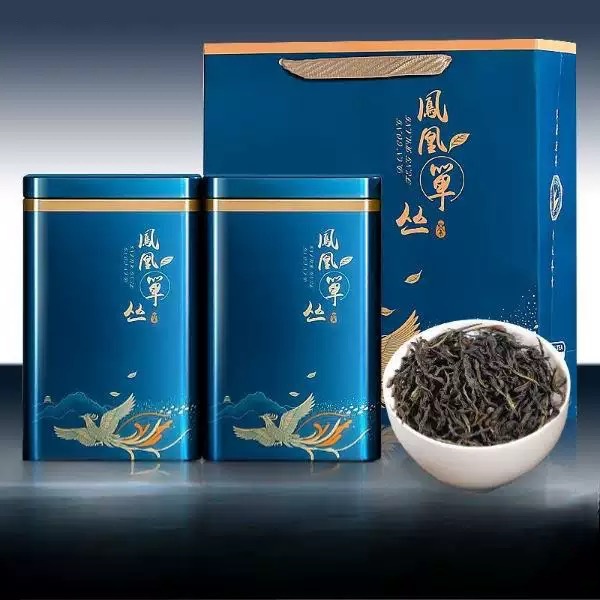
,文章要详细,字数要长
html
Oolong Tea Varieties: A Comprehensive Guide
Oolong tea, also known as wulong tea, is a traditional Chinese tea that falls somewhere between green and black tea in terms of oxidation. With its rich history and diverse flavors, oolong tea has captivated tea enthusiasts worldwide. This guide explores the major oolong tea varieties, their characteristics, and what makes each one unique.
What Makes Oolong Tea Special?
Oolong tea is unique because of its partial oxidation process, which can range from 8% to 85% depending on the variety. This careful processing creates a wide spectrum of flavors, aromas, and colors that can’t be found in other tea types. The leaves are typically rolled or twisted into distinctive shapes that unfurl beautifully during brewing.
Major Oolong Tea Producing Regions
1. Fujian Province, China
The birthplace of oolong tea, Fujian produces some of the most famous varieties including Tieguanyin and Da Hong Pao. The mountainous terrain and mineral-rich soil create ideal growing conditions.
2. Guangdong Province, China
Home to Phoenix Mountain (Fenghuang) oolongs, known for their complex floral aromas and single-bush production methods.
3. Taiwan
Taiwanese oolongs like Dong Ding and Alishan are renowned for their creamy textures and high mountain cultivation.
Popular Oolong Tea Varieties
Tieguanyin (Iron Goddess of Mercy)
One of China’s most famous teas, Tieguanyin has a floral aroma with orchid notes and a smooth, lingering aftertaste. Grown in Anxi County, Fujian, it’s typically lightly oxidized (10-20%).
Da Hong Pao (Big Red Robe)
A heavily oxidized (50-70%) Wuyi rock tea with roasted, mineral flavors and a distinctive reddish infusion. Legend says these tea bushes saved an emperor’s mother from illness.
Dong Ding (Frozen Summit)
A Taiwanese oolong named after the mountain where it’s grown. Medium oxidation (25-35%) gives it a balanced profile with floral, buttery, and roasted notes.
Milk Oolong (Jin Xuan)
Grown in Taiwan’s high mountains, this unique variety has a natural creamy, milky flavor without any additives. The cultivar was developed in the 1980s.
Oriental Beauty (Bai Hao)
A Taiwanese oolong where leaves are bitten by leafhoppers, creating a honey-like sweetness. It’s highly oxidized (60-70%) with fruity and spicy notes.
Oxidation Levels in Oolong Tea
Oolong teas can be categorized by their oxidation levels:
- Light oolongs (8-25% oxidation): Greenish color, floral and fresh flavors (e.g., Baozhong, some Tieguanyin)
- Medium oolongs (25-50% oxidation): Amber color, balanced flavors (e.g., Dong Ding, Alishan)
- Dark oolongs (50-85% oxidation): Dark brown color, roasted and mineral flavors (e.g., Da Hong Pao, Shui Xian)
Keyword: Oolong Tea Varieties
Comments are closed